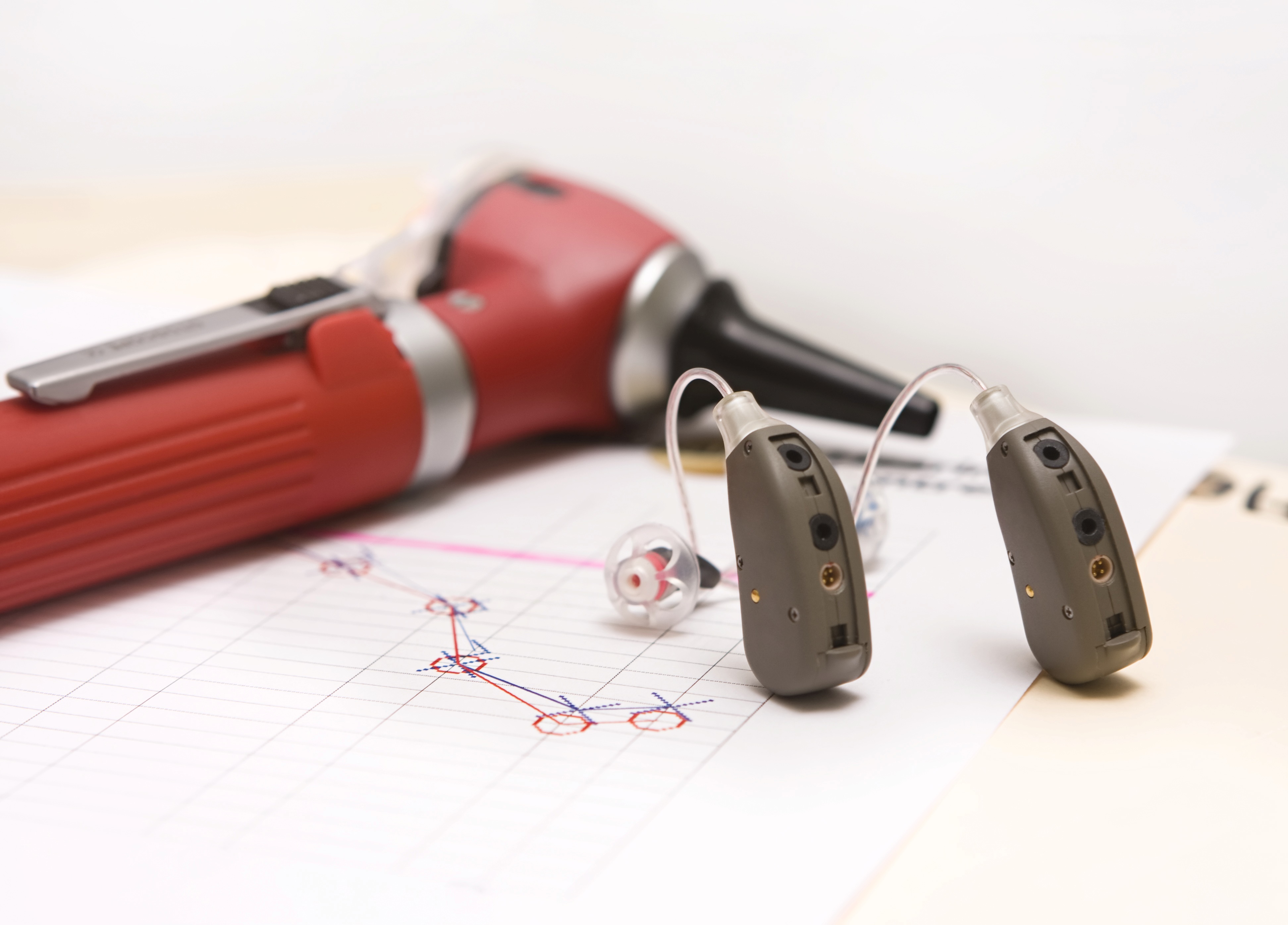
You’ve most likely watched the commercials. The ones pushing PSAPs, or personal sound amplification products, guaranteeing a boost to hearing for as little as 20 dollars. It seems like a excellent bargain—particularly when compared to the significant selling price of a hearing aid.
In reality, it’s not so much a good deal as it is shrewd advertising. The ads do their best to obscure some vital information while concentrating on carefully selected talking points.
But the question remains: why would you want to spend more money on a hearing aid when cheaper PSAPs are readily available? Here are five reasons.
1. PSAPs are not FDA-regulated medical devices
Listen carefully to the PSAP commercials. You’ll hear all about “boosts” to hearing but never about actually treating hearing loss. The reason: PSAPs are not FDA-regulated medical devices and can’t be utilized to treat any medical ailment, including hearing loss. PSAPs are merely recreational products intended to produce benefits to those who can already hear comfortably.
Making use of a PSAP to treat hearing loss is like purchasing a pair of reading glasses to treat near and far-sighted vision impairment. Hearing aids, on the contrary, are FDA-regulated medical devices that can effectively treat hearing loss.
2. PSAPs are not programmable
Hearing aids may not look very impressive on the surface, but inside they contain intricate digital technology that can slice up, store, adjust, and regulate any kind of sound. Hearing aids can in addition make modifications for pitch and volume so that amplification matches the patient’s hearing loss precisely.
A PSAP, in comparison, is a one-size-fits-all electronic device that amplifies soft sounds. Since everyone’s hearing loss is slightly different, PSAPs won’t amplify the correct frequencies. Instead, PSAPs will amplify all sound, generating distortion in noisy spaces.
3. PSAPs can’t enhance speech
Speech sounds are distinctive in that they are primarily represented in the higher frequencies, particularly in comparison to background noises. Because digital hearing aids can identify variations in sound frequency, hearing aids can amplify speech while curbing background noise. PSAPs, by and large, do not have this capability.
4. PSAPs might cost you more in the long-run
First, hearing loss is in some cases caused by factors that do not require hearing amplification whatsoever. If, for example, earwax accumulation is causing your hearing loss, a simple professional cleaning can improve your hearing within minutes—and without a cent spent on any amplification products.
Second, occasionally more serious medical ailments can result in hearing loss, so you’ll want a professional assessment to rule this out. Because you can buy a PSAP without any communication with any healthcare professionals, you could be placing yourself in real danger.
Third, if you do have noise-induced or age-related hearing loss, a PSAP will not work the way you want it to. You’ll most likely purchase a hearing aid at some point anyway, so you might as well bypass the extra expense of the PSAP.
And finally, unlike hearing aids, there is no mandatory trial period for PSAPs. If you buy one and it doesn’t work, there’s no legal guarantee that you’ll recuperate your money.
5. PSAPs lack the functionality of a hearing aid
PSAPs, like we stated, are simple amplification gadgets stripped of any sophisticated functionality. Hearing aids, on the other hand, can enhance speech, reduce background noise, and accommodate to different surroundings. Several hearing aid models can even wirelessly stream phone calls and music, and some can be controlled with smartphones and watches.
The decision is yours
PSAPs do have their uses. If you have regular hearing, PSAPs are great for things like bird watching and eavesdropping on conversations, if that’s your sort of thing.
But for hearing loss, don’t settle for less than you deserve. Your hearing, and the relationships that count on it, are too valuable.
